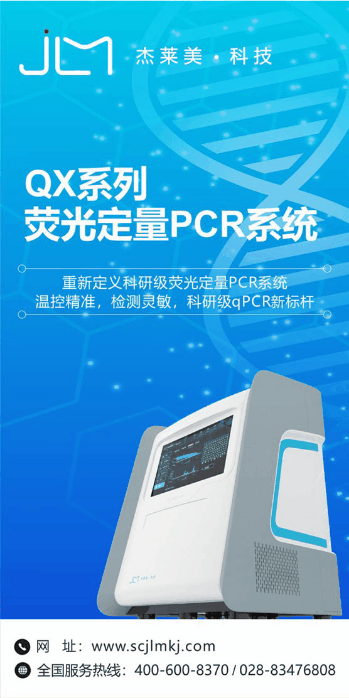Author: Chengbin Xiao, Doudou Sun, Beibei Liu, Xianming Fang, Pengcheng Li, Yao Jiang, Mingming He, Jia Li, Sheng Luan and Kai He
Ammonium (NH4+) and nitrate (NO3−) are major inorganic nitrogen (N) sources for plants. When serving as the sole or dominant N supply, NH4+ often causes root inhibition and shoot chlorosis in plants, known as ammonium toxicity. NO3− usually causes no toxicity and can mitigate ammonium toxicity even at low concentrations, referred to as nitrate-dependent alleviation of ammonium toxicity. Our previous studies indicated a NO3− efflux channel SLAH3 is involved in this process. However, whether additional components contribute to NO3−-mediated NH4+ detoxification is unknown. Previously, mutations in NO3− transporter NRT1.1 were shown to cause enhanced resistance to high concentrations of NH4+. Whereas, in this study, we found when the high-NH4+ medium was supplemented with low concentrations of NO3−, nrt1.1 mutant plants showed hyper-sensitive phenotype instead. Furthermore, mutation in NRT1.1 caused enhanced medium acidification under high-NH4+/low-NO3− condition, suggesting NRT1.1 regulates ammonium toxicity by facilitating H+ uptake. Moreover, NRT1.1 was shown to interact with SLAH3 to form a transporter-channel complex. Interestingly, SLAH3 appeared to affect NO3− influx while NRT1.1 influenced NO3− efflux, suggesting NRT1.1 and SLAH3 regulate each other at protein and/or gene expression levels. Our study thus revealed NRT1.1 and SLAH3 form a functional unit to regulate nitrate-dependent alleviation of ammonium toxicity through regulating NO3− transport and balancing rhizosphere acidification.




 Scan the QR code to view JIPB on WeChat
Scan the QR code to view JIPB on WeChat













